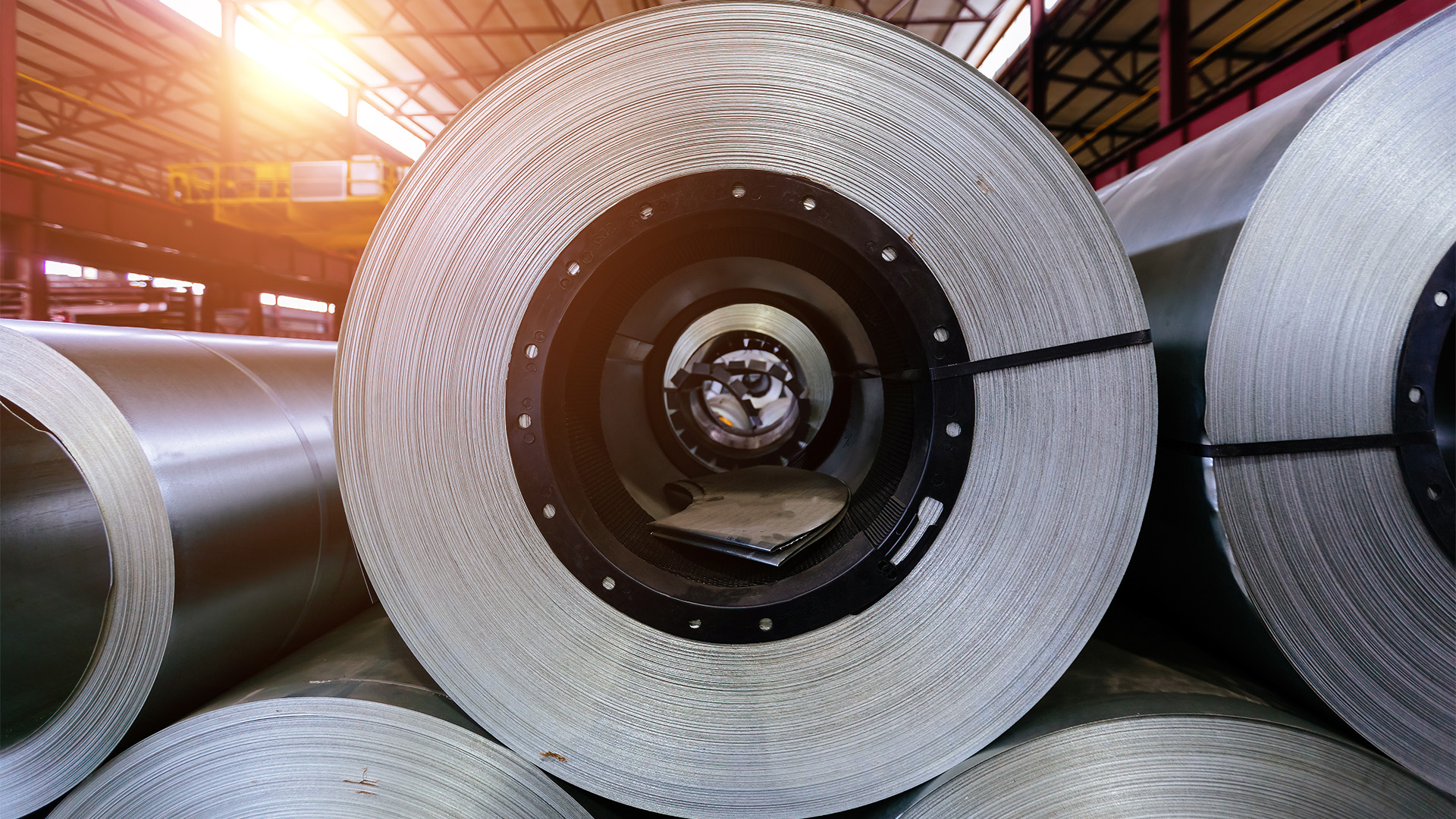What was more significant in China's steel production data from the National Bureau of Statistics (NBS) on Wednesday: the annual increase in crude steel production after three years or the steep decline in monthly production in December to a six-year low?
The latter is more indicative of the state of steel demand in China heading into 2024, as December witnessed the lowest monthly total of just 67.44 million tonnes of crude steel produced since December 2017. This marks a 15% drop from December 2022 and an 11% decline from November's production of 76.1 million tonnes, as well as a sharp 30% drop from the 2023 monthly peak of 95.7 million tonnes in March.
These figures had an immediate impact on SGX iron ore futures in Singapore, causing a 2.6% drop to $US125.90 a tonne for 62% February fines, down nearly 12% from the January 3 high of $US142.66 a tonne. Wednesday's close marked a six-week low and suggests a further decline as the health of Chinese steel demand is assessed, particularly with the property sector experiencing another slump in activity at the end of 2023.
The MySteel Global website reports that weak demand and losses have led to a decline in capacity utilization among the 247 Chinese blast furnace mills it tracks, falling to 82.75% over the last week of December, down 4.88 percentage points from late November.
Steel mill profit margins have been squeezed by high production costs due to lower capacity usage, resulting in more Chinese steelmakers incurring losses last month and slowing down their output. Overall demand remained weak, except in the car industry, shipbuilding, solar energy sectors, and exports, where the total exceeded a month's output of crude steel.
China's steel exports in 2023 reached 90.26 million tonnes, a 36.2% increase from 2022. Interestingly, the value of these exports fell by 8.3% to $US84.6 billion, according to NBS data, while volumes increased more than 36%, illustrating that Chinese steel companies slashed prices to maintain capacity utilization at relatively high levels and control overall costs.
Total crude steel production for 2023, as forecasted last month and in November, rose to 1.019 billion tonnes, slightly above the 1.013 billion tonnes in 2022 and 1.03 billion in 2021. The government allowed production to rise without implementing output caps in an effort to support the economy and revive the ailing property sector, which ultimately failed.
The key question now is how long China will maintain record-level iron ore imports in 2024 following the surprise surge in 2023. China's iron ore imports reached a record high of 1.179 billion tonnes in 2023, a 6.6% increase from 2022. This increase followed a 3.9% decrease in iron ore imports to 1.089 billion in 2021 and a 1.5% drop in 2022 to 1.077 billion.
In December, China imported 100.86 million tons of iron ore, down 1.83% from November's 102.74 million tons but significantly higher than December 2022's 90.86 million tons.














